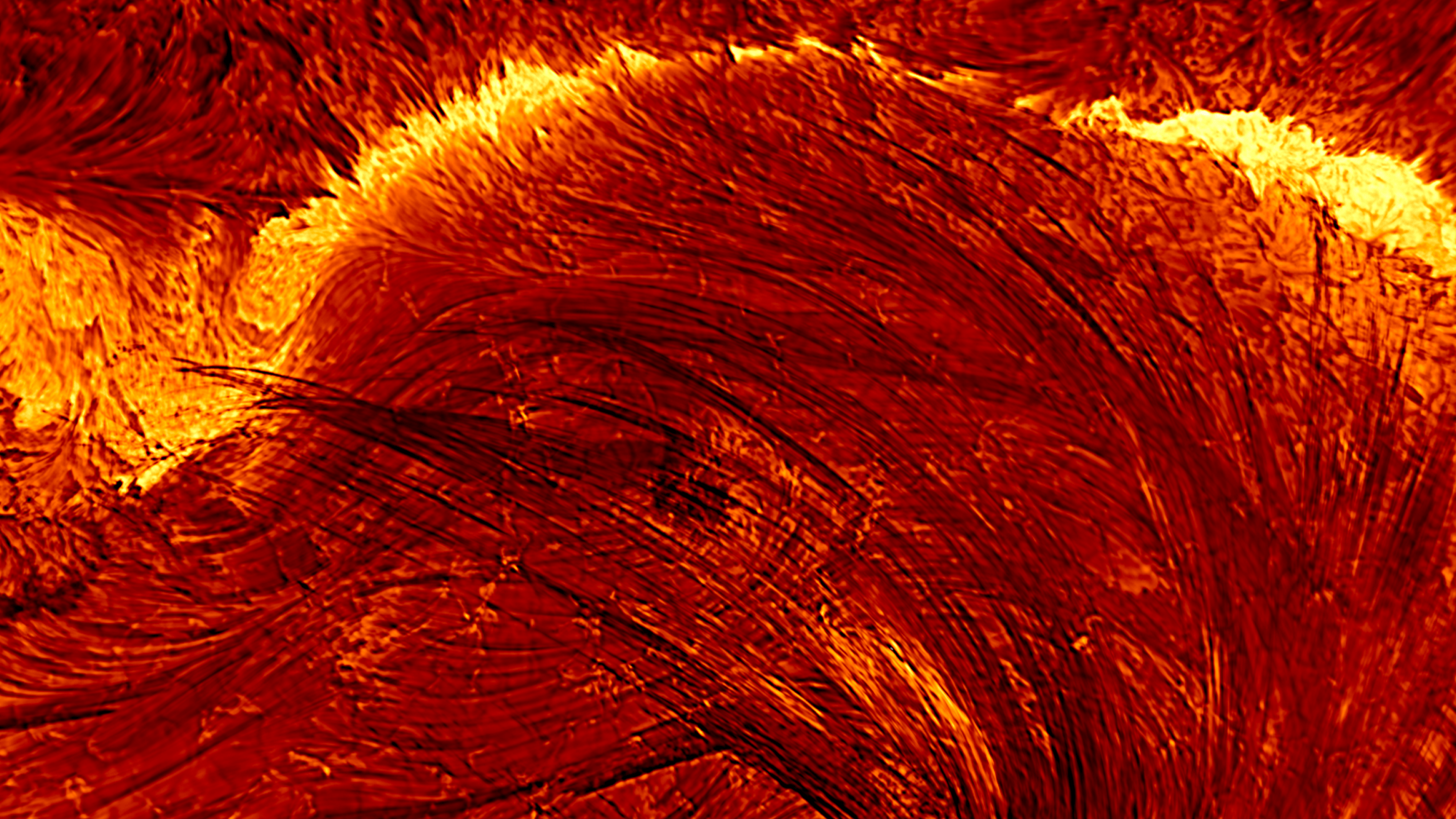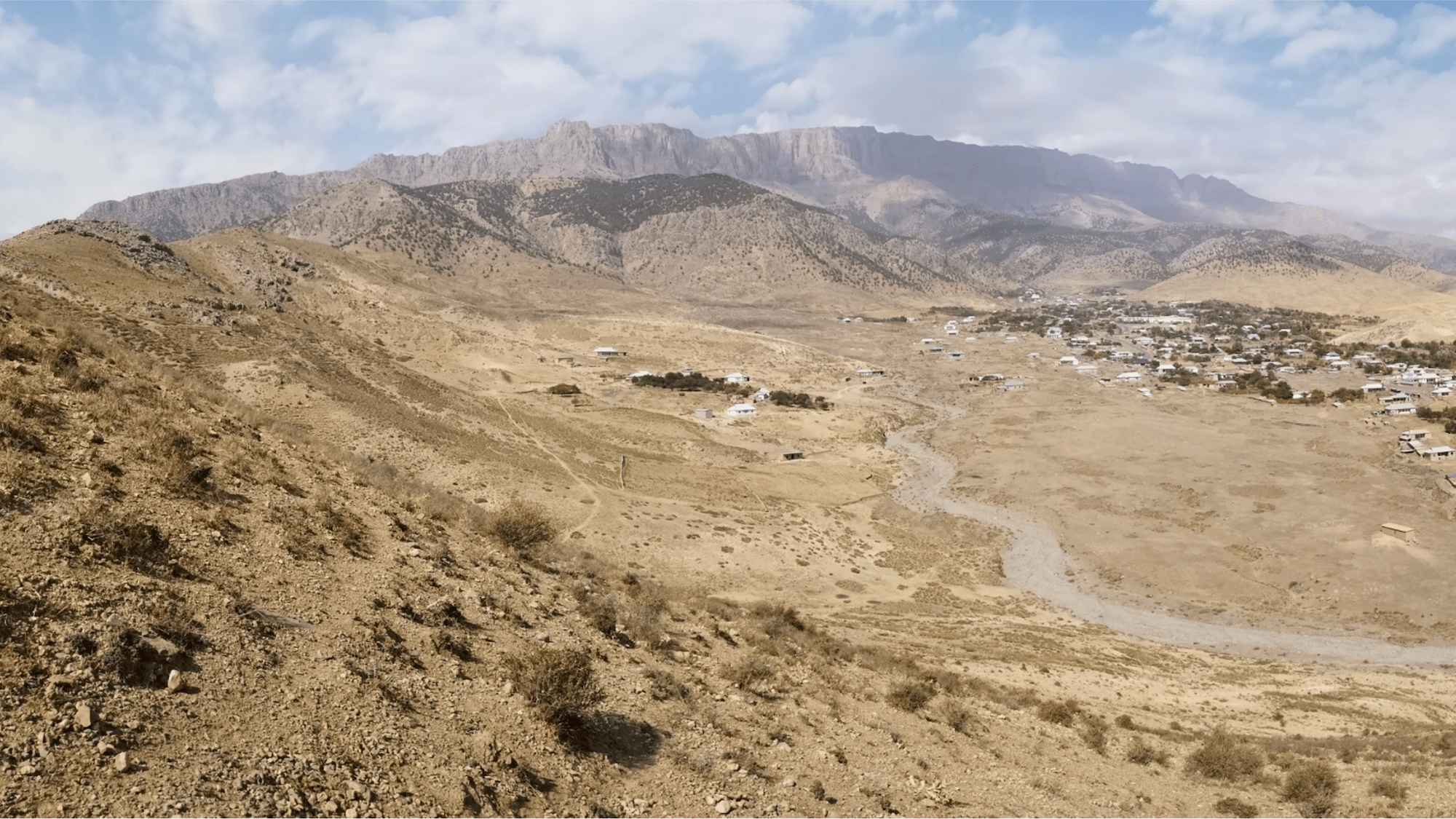Now Reading: Stunning New Views of Solar Flares Unveiled
-
01
Stunning New Views of Solar Flares Unveiled
Stunning New Views of Solar Flares Unveiled

Quick Summary:
- Teh National Science Foundation’s Daniel K. Inouye Solar Telescope (DKIST) captured high-resolution images of an X1.3-class solar flare on August 8, 2024, during its decay phase.
- X-class flares are powerful solar events capable of causing blackouts and dialog disruptions on Earth.
- DKIST observed coronal loops-thin magnetic structures above solar flare ribbons-which were as small as 30 miles in width on average and nearly the telescope’s resolution limit of 15 miles.
- Coronal loops often precede or persist through solar flares and can exceed temperatures of one million degrees Fahrenheit.These structures are hypothesized to influence the formation of flares by transporting energy via magnetic fields.
- The study, published in The Astrophysical Journal Letters, demonstrates how the telescope’s capabilities allow researchers to resolve individual coronal loops for the first time, advancing understanding of space weather phenomena like magnetic reconnection.
Indian Opinion Analysis:
India’s growing interests in space exploration and technology make studies like this timely and perhaps impactful. As a country heavily reliant on satellite-based communications for navigation, meteorology, defense systems, and agricultural forecasting, understanding space weather disturbances caused by solar activity could be crucial.Improved forecasting methods stemming from such research may help governments-including India’s-prepare better disaster management protocols to protect critical infrastructure during intense solar events. Additionally, these advancements align with India’s ambitions under ISRO to expand scientific contributions globally while safeguarding national assets against extraterrestrial phenomena.



























